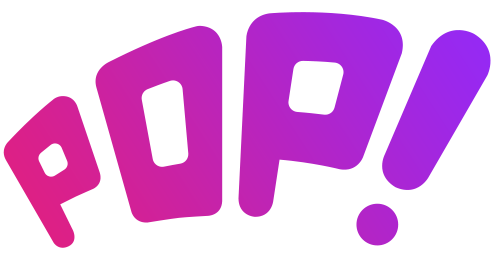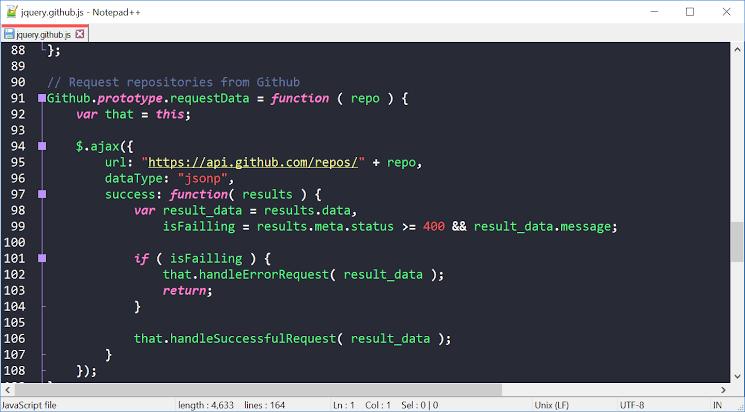Clean Program Code In the intricate world of programming, writing clean and elegant code is akin to creating a masterpiece. Just as a well-composed symphony or a beautifully painted canvas captivates the senses, clean code enchants developers and makes software maintenance a breeze. In this guide, we delve into the art of crafting code that is not only functional but also a joy to behold. Prepare to discover essential tips for program code that will elevate your coding skills to the level of a virtuoso.
The Symphony of Clean Code
Before we delve into the tips and techniques for writing clean code, it’s essential to understand what clean code truly is. Imagine it as a harmonious symphony, where every note blends seamlessly with the next, producing a melodious composition. Clean code is:
- Readability: Clean code is easy to read and understand. A developer should be able to comprehend its logic without undue effort.
- Maintainability: It’s code that can be maintained and extended with minimal risk of introducing errors. Think of it as a well-structured building that can withstand the test of time.
- Efficiency: Clean code is efficient, both in terms of execution and resource utilization. It doesn’t waste precious system resources or developer time.
- Clarity: It conveys its purpose clearly, leaving no room for ambiguity. A developer should be able to discern the intent of the code at a glance.
- Consistency: Clean code adheres to consistent coding standards and conventions. It follows a uniform style, making it easier to work on collaboratively.
Now, let’s explore some tips for program code that will guide you in creating this symphony of clean code.
1. Meaningful Variable and Function Names
One of the most fundamental aspects of clean code is choosing meaningful and descriptive names for variables and functions. Your code should read like a well-written story, with names that convey the purpose of each component. Consider these naming tips:
- Use Descriptive Names: Opt for names that clearly express the role and function of variables and functions. Avoid generic names like “temp” or “data.”
- Follow a Naming Convention: Adhere to a consistent naming convention, such as camelCase or snake_case, depending on the language. Consistency enhances readability.
- Avoid Abbreviations: While brevity is valued, don’t sacrifice clarity by using cryptic abbreviations. Instead of “usr” for “user,” use the full word.
2. Keep Functions Small and Focused
Functionality in clean code should be encapsulated in small, focused functions. These functions should ideally perform a single task or have a single responsibility. This concept is known as the Single Responsibility Principle. Benefits include:
- Readability: Smaller functions are easier to read and understand. They fit comfortably within a developer’s mental model.
- Reusability: Modular code is inherently more reusable. Small functions can be utilized in various contexts.
- Easier Testing: Unit testing becomes more manageable when functions have well-defined responsibilities.
3. Mindful Commenting
While clean code aims for self-explanatory code, there are instances where comments are beneficial. Here are some tips for effective commenting:
- Comment Intent, Not Implementation: Rather than explaining how the code works, focus on why it exists and what problem it solves.
- Keep Comments Updated: Maintain comments as the code evolves. Outdated comments can lead to confusion.
- Use Comments Sparingly: Avoid excessive commenting. If your code requires too many comments, it may be a sign that it needs refactoring for clarity.
4. Consistent Formatting and Indentation
Consistency in formatting and indentation is crucial for clean code. It improves readability and helps developers quickly grasp the code’s structure. Consider these formatting tips:
- Choose a Style Guide: Follow a recognized style guide for your programming language, such as PEP 8 for Python or the Google Java Style Guide.
- Use Proper Indentation: Indentation should reflect the code’s structure. Incorrect indentation can lead to logic errors.
- Maintain a Consistent Line Length: Stick to a reasonable line length (usually 80-120 characters) to prevent excessively long lines that are difficult to read.
5. Error Handling
Error handling is an integral part of clean code. It ensures that your program gracefully handles unexpected situations and provides meaningful feedback. Here are some error handling tips:
- Use Exception Handling: Employ exception handling mechanisms provided by your programming language to handle errors. This separates error logic from the main code path.
- Provide Descriptive Error Messages: Error messages should convey the nature of the issue and suggest potential solutions.
- Avoid Silent Failures: Never allow your code to silently fail without providing any indication of what went wrong.
6. Avoid Code Duplication
Duplication of code, also known as code smells, should be eliminated from your codebase. It not only increases maintenance efforts but also introduces the risk of inconsistencies. Consider these tips to eradicate duplication:
- Create Reusable Functions: If you find yourself writing the same code in multiple places, extract it into a reusable function or method.
- Use Inheritance and Polymorphism: In object-oriented programming, leverage inheritance and polymorphism to reuse and extend functionality.
- Refactor Duplicated Code: Regularly review your code for duplication and refactor it to remove redundancy.
7. Version Control and Collaboration
Clean code extends beyond individual developers; it applies to collaborative efforts as well. Effective use of version control systems and collaboration tools is essential. Here’s how to maintain code cleanliness in a team setting:
- Use Version Control: Employ version control systems like Git to track changes, collaborate with team members, and manage code history.
- Follow Git Workflow: Adhere to a structured Git workflow, such as Gitflow or GitHub flow, to maintain order in code management.
- Code Reviews: Conduct regular code reviews within your team. Peer reviews help identify issues and maintain code quality.
8. Continual Learning and Improvement
Clean code is an ongoing pursuit. To continually improve your coding skills and keep your codebase clean, consider these strategies:
- Read Code: Review code written by experienced developers. Studying well-written code is a valuable learning experience.
- Stay Informed: Keep up with industry best practices and evolving coding standards through books, articles, and online communities.
- Seek Feedback: Don’t hesitate to seek feedback on your code from peers or mentors. Constructive criticism is a catalyst for improvement.
9. Testing and Test-Driven Development (TDD)
Testing is an integral part of clean code. Writing tests ensures that your code behaves as expected and catches regressions early. Consider these testing tips:
- Adopt TDD: Test-Driven Development is a methodology where you write tests before implementing code. It forces you to think about requirements and design before writing code.
- Automated Testing: Implement automated unit tests, integration tests, and end-to-end tests to cover different aspects of your codebase.
- Continuous Integration: Utilize continuous integration tools to automatically run tests whenever code changes are made.
10. Document When Necessary
While clean code should be self-explanatory, there are instances where documentation is essential. Consider the following:
- API Documentation: If you’re developing libraries or APIs, comprehensive documentation is crucial for users.
- Complex Algorithms: Document intricate algorithms or non-obvious logic to assist other developers in understanding your code.
Conclusion
In the world of programming, writing clean code is an art form that combines technical skill with aesthetic sensibility. Following these tips for program code, you can transform your codebase into a masterpiece of readability, maintainability, and efficiency. Clean code not only enhances your own development experience but also contributes to the overall success of software projects, ensuring they remain elegant and robust. So, embrace the art of clean coding, and let your code become a symphony of elegance in the world of software development.

